Live TV streaming software has transformed the way we consume media. With the rise of on-demand video streaming platforms, the traditional TV viewing experience has evolved to become more flexible, personalized, and convenient. In this article, we will explore the definition, benefits, and history of live TV streaming software, as well as the two main types of live TV streaming software available today.
What is Live TV Streaming Software
Live TV streaming software is a type of software that allows users to watch live television programming on their devices, such as computers, smartphones, or tablets, via the internet.
It uses a process called streaming, which involves sending video and audio data over the internet in real-time, enabling users to watch TV shows, news, sports, and other live events as they happen.
Benefits of Using Live TV Streaming Software
Live TV streaming software offers many benefits compared to traditional TV viewing methods.
It provides users with greater flexibility and control over their viewing experience, as they can watch their favorite shows anytime, anywhere, and on any device with an internet connection.
Live TV streaming software also eliminates the need for expensive cable or satellite subscriptions, allowing users to save money while still accessing premium TV content.
Brief History of Live TV Streaming Software
The concept of live TV streaming dates back to the early days of the internet, when low-quality video streams of live events were first made available online.
However, it was not until the mid-2000s that live TV streaming software began to gain popularity, thanks to the development of faster and more reliable internet connections, as well as advances in streaming technology.
Types of Live TV Streaming Software
Standalone Streaming Software
Overview
Standalone streaming software is a type of live TV streaming software that focuses solely on streaming live TV content.
It is typically lightweight and easy to use, with minimal setup required. Standalone streaming software is ideal for users who only want to watch live TV and do not require additional features such as DVR recording or channel guides.
Examples
Some popular examples of standalone streaming software include Flicknexs, Webnexs, Sling TV, Philo, and Pluto TV.
All-in-One Streaming Software
Overview
All-in-one streaming software is a more comprehensive solution that not only offers live TV streaming but also includes additional features such as DVR recording, channel guides, and on-demand content.
It is typically more robust and complex than standalone streaming software, requiring more setup and configuration.
Examples
Some popular examples of all-in-one streaming services include Hulu + Live TV, YouTube TV, and AT&T TV Now.
Features to Consider When Choosing Live TV Streaming Software
User Interface and User Experience
One of the most important features to consider when choosing live TV streaming softwares is the user interface and user experience.
A well-designed software ought to possess a sleek and user-friendly interface that is simple to navigate.
Additionally, it should offer customization options that allow users to tailor the interface to their needs and preferences.
Ease of use in Live TV Streaming Software
The software ought to possess a user-friendly interface, allowing even those who lack technical expertise to operate it seamlessly.
It should have clear and concise instructions, and the setup process should be straightforward.
Ideally, the software should also offer customer support to help users with any issues or questions they may have.
Compatibility and Integration in Live TV Streaming Software
Another important feature to consider is compatibility and integration. The software should be compatible with a wide range of devices and platforms, including computers, smartphones, and tablets.
Additionally, it should integrate seamlessly with other software and tools that users may be using, such as social media management tools or video editing software.
Devices and platforms supported
The software should support a wide range of devices and platforms, including Windows, Mac, iOS, and Android.
Additionally, it should be compatible with popular streaming platforms such as YouTube, Facebook, and Twitch.
Integration with other software and tools
The software should integrate seamlessly with other software and tools that users may be using, such as social media management tools or video editing software.
Streaming Quality and Performance in Live TV Streaming Software
The quality and performance of the live TV streaming softwares is crucial to ensuring a good viewing experience for users.
The software should offer high-quality video and audio, and there should be no issues with buffering or latency.
Video and audio quality
The software should offer high-quality video and audio, with options for different resolutions and bitrates.
Additionally, it should support different audio and video codecs to ensure compatibility with a wide range of devices.
Latency and buffering issues
Latency and buffering issues can be a major problem for live streaming. The software should have built-in tools to minimize latency and buffering, such as adaptive bitrate streaming and advanced video compression.
Security and Privacy
Security and privacy are also important considerations when choosing live TV streaming softwares.
The software should offer encryption and authentication options to protect against unauthorized access, and it should comply with data privacy regulations such as GDPR and CCPA.
Encryption and authentication
The software should offer encryption and authentication options to protect against unauthorized access.
This can include options such as SSL/TLS encryption, two-factor authentication, and password protection.
Data privacy and compliance
The software should comply with data privacy regulations such as GDPR and CCPA.
This includes providing users with options for controlling their data, such as the ability to delete data or opt out of data sharing.
Popular Live TV Streaming Software Options
Sling TV
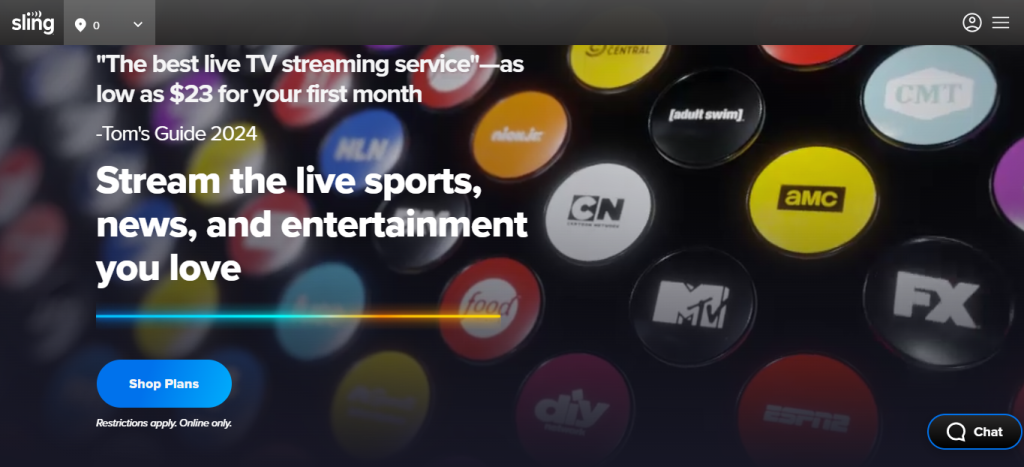
Overview and Features
Sling TV is one of the most popular live TV streaming services available today. This platform provides users with an extensive selection of channels that cover a diverse range of topics, including sports, news, and entertainment.
With Sling TV, users can customize their channel lineup to suit their specific viewing needs and preferences.
It also offers a range of features such as Cloud DVR, the ability to pause, rewind and fast-forward live TV, and multi-device streaming.
Pros
- Affordable pricing plans
- Wide range of channels to choose from
- Customizable channel lineups
- Offers cloud DVR functionality
Cons
- Limited local channel availability
- No offline viewing options
- Some channels require add-on packages
Hulu Live TV
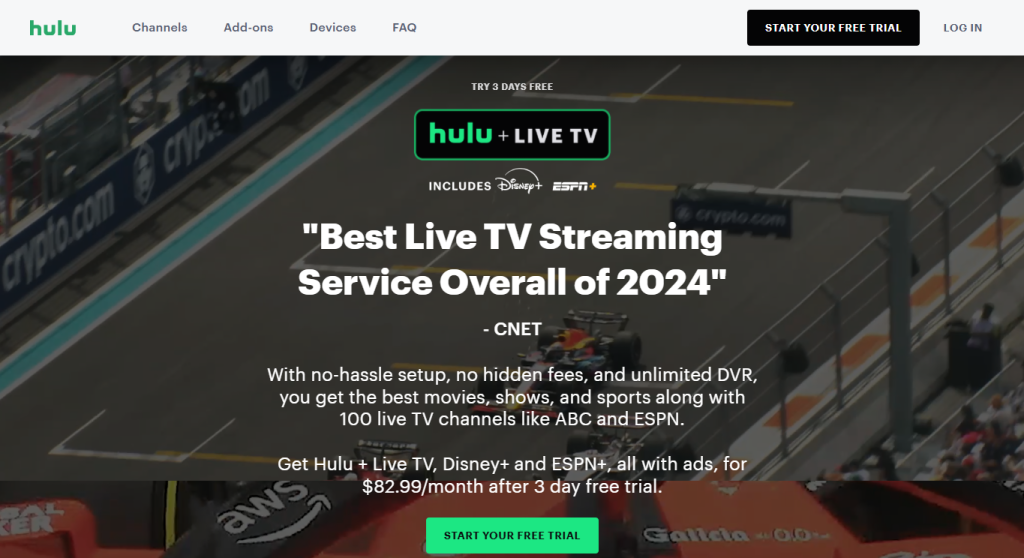
Overview and Features
Hulu Live TV is another popular live TV streaming service. It offers users access to a wide range of live and on-demand TV channels, including sports, news, and entertainment.
With Hulu Live TV, users can also access Hulu’s extensive library of on-demand content. It also offers a range of features such as Cloud DVR, the ability to pause, rewind and fast-forward live TV, and multi-device streaming.
Pros
- Wide range of channels to choose from
- Access to Hulu’s on-demand library
- Cloud DVR functionality
Cons
- Higher pricing plans than some competitors
- Limited simultaneous streaming options
- Limited offline viewing options
YouTube TV
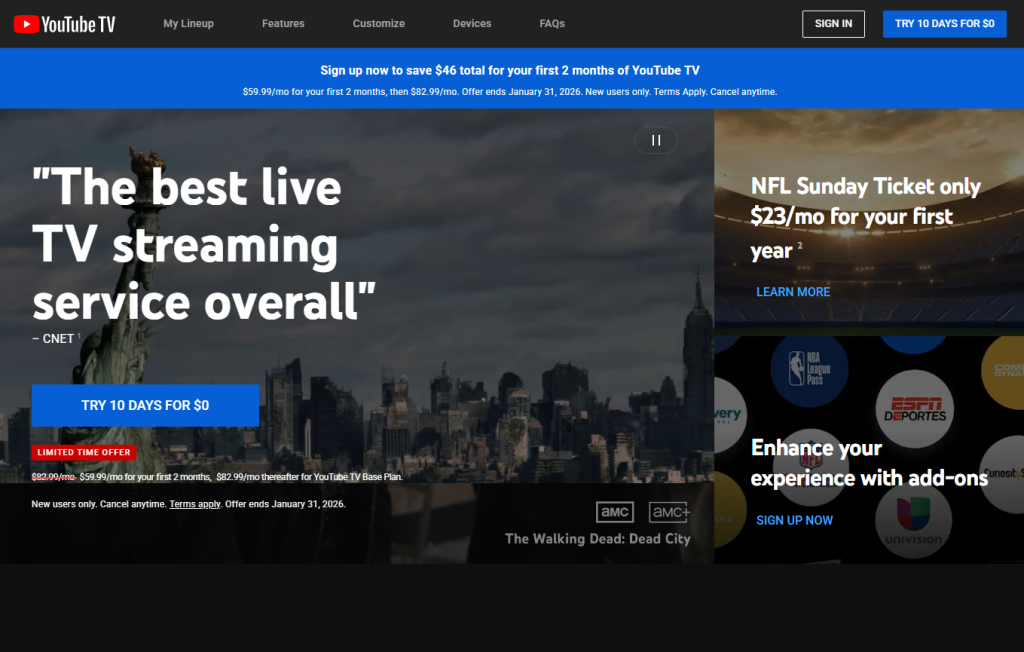
Overview and Features
YouTube TV is a live TV streaming service that offers users access to a range of channels, including sports, news, and entertainment.
It also offers a range of features such as unlimited cloud DVR storage, the ability to pause, rewind and fast-forward live TV, and multi-device streaming.
Additionally, YouTube TV offers a unique feature called “unlimited accounts” that allows up to six people to share one subscription.
Pros
- Unlimited cloud DVR storage
- Multi-device streaming
- Accessible on a range of devices
Cons
- Limited channel lineup compared to some competitors
- No offline viewing options
- Higher pricing plans than some competitors
Amazon Prime Video
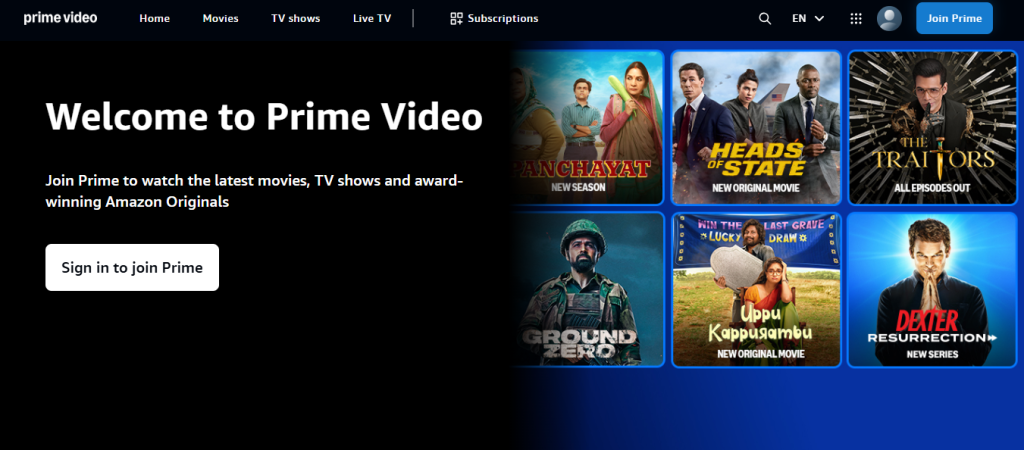
Overview and Features
Amazon Prime Video is a video streaming service that offers users access to a range of TV shows, movies, and live TV channels.
With Amazon Prime Video, users can access a range of live TV channels, including sports, news, and entertainment.
It also offers a range of features such as cloud DVR functionality, multi-device streaming, and the ability to download content for offline viewing.
Pros
- Access to Amazon’s extensive library of on-demand content
- Offline viewing options
- Multi-device streaming
Cons
- Limited live TV channel lineup compared to some competitors
- Higher pricing plans than some competitors
- Limited simultaneous streaming options
How to Set Up and Use Live TV Streaming Software
Installation and Setup
System requirements
If you want to use live TV streaming software, it’s important to make sure that your computer or device meets the minimum system requirements.
This information can usually be found on the software provider’s website. Some of the common requirements include a certain operating system version, minimum RAM and CPU specifications, and a stable internet connection.
Download and installation process
After you’ve confirmed that your computer or device meets the system requirements, you can download the software from the provider’s website.
The download process may vary depending on the provider, but it typically involves downloading an installer file and running it on your device.
Once the installation process is complete, you can launch the software and begin setting it up.
Subscription and Sign Up
Choosing a subscription plan
Most live TV streaming software requires a subscription in order to access its content. Providers typically offer different subscription plans with varying prices and features, so it’s important to choose a plan that best suits your needs and budget.
Signing up for the service
After you’ve chosen a subscription plan, you’ll need to sign up for the service. This usually involves creating an account with the provider and entering your payment information. Once your account is created, you can log in and begin using the software.
Navigation and Interface
Main menu and navigation options
Live TV streaming software typically has a main menu that allows you to access different features and functions.
This can include options like live TV channels, on-demand content, and settings. It’s important to familiarize yourself with the main menu and navigation options so that you can easily find what you’re looking for.
Customizing the interface
Some live TV streaming software allows you to customize the interface to your preferences.
This can include changing the color scheme, rearranging the menu options, and setting up custom shortcuts. Customizing the interface can help make the software more user-friendly and personalized to your needs.
Streaming and Watching Live TV
Selecting channels and shows
Once you’ve set up the software and chosen your subscription plan, you can start streaming and watching live TV.
This typically involves selecting the channel or show that you want to watch from a menu or guide.
Some live TV streaming software also allows you to record shows and movies for later viewing.
Controlling playback and viewing options
While watching live TV, you can typically control the playback and viewing options to suit your preferences.
This can include pausing, rewinding, and fast-forwarding through content, adjusting the volume and quality settings, and switching between different channels and shows.
Advanced Tips and Tricks for Live TV Streaming Software
Live TV streaming software has become a popular way for people to access their favorite TV shows and channels without being tied down to traditional cable or satellite TV subscriptions.
While the basic setup and usage of these software options is straightforward, there are many advanced tips and tricks that can enhance your viewing experience and help you get the most out of your subscription.
In this section, we’ll explore some of the advanced features and techniques you can use with your live TV streaming software.
Customizing Your Viewing Experience
Creating custom playlists: One of the benefits of live TV streaming software is the ability to access a wide variety of channels and shows.
However, with so many options available, it can sometimes be difficult to find exactly what you’re looking for.
Many live TV streaming software options allow you to create custom playlists of your favorite shows and channels, so you can quickly access the content you enjoy most.
Setting up parental controls: If you have children in your household, it’s important to ensure that they only have access to age-appropriate content.
Many live TV streaming software options offer parental controls that allow you to restrict access to certain channels and shows based on their ratings.
Using Companion Apps and Tools
Remote control apps: Many live TV streaming softwares options come with companion apps that allow you to control your viewing experience from your mobile device or tablet.
These apps can be especially useful if you’re watching TV from another room or want to pause or rewind live TV.
Streaming on multiple devices: If you have multiple devices in your household, you may want to consider using live TV streaming softwares that allows you to stream on more than one device at a time.
This can be a convenient way to ensure that everyone in your household has access to the shows and channels they enjoy.
Troubleshooting Common Issues
Buffering and connectivity problems: Live TV streaming softwares requires a strong and stable internet connection to function properly.
If you’re experiencing buffering or connectivity issues, try resetting your modem or router, or contacting your internet service provider for assistance.
Audio and video quality issues: If you’re experiencing issues with the quality of your audio or video, check your device settings to ensure that your resolution and audio settings are properly configured.
You may also want to try switching to a wired internet connection, which can be more stable than a wireless connection.
Conclusion
In conclusion, live TV streaming softwares has revolutionized the way we watch television by providing users with more flexibility and control over their viewing experience.
By considering the factors discussed in this article, such as the types of software available, key features to consider when choosing software, and popular options on the market, users can make an informed decision when selecting a live TV streaming service.
Additionally, by following the tips and tricks outlined in this article, users can enhance their experience by customizing their viewing options, using companion apps and tools, and troubleshooting common issues.
With the right live TV streaming softwares and knowledge of its features, anyone can enjoy their favorite TV shows and movies on their own terms.

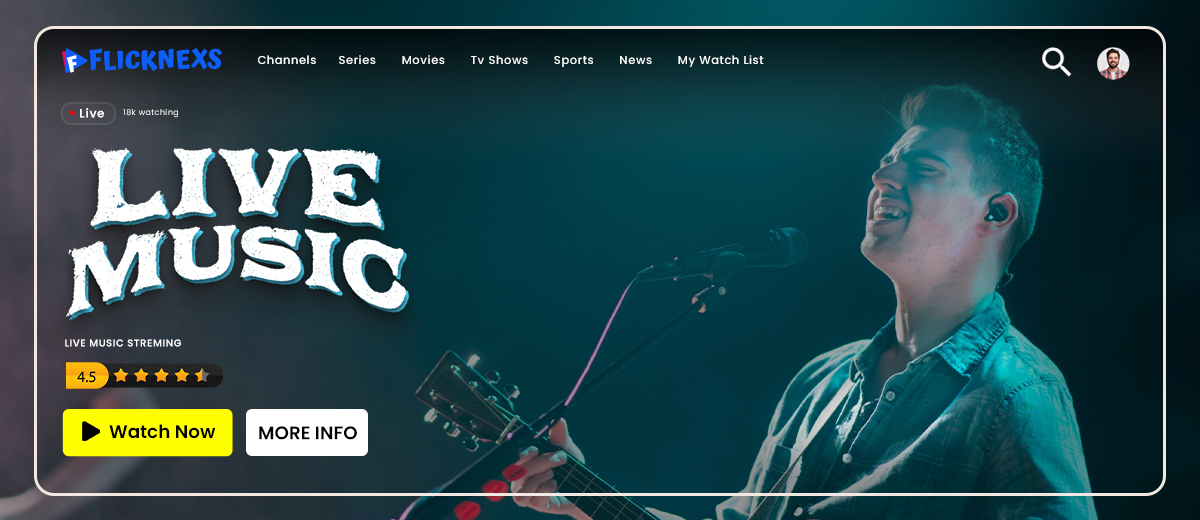

Leave a Reply